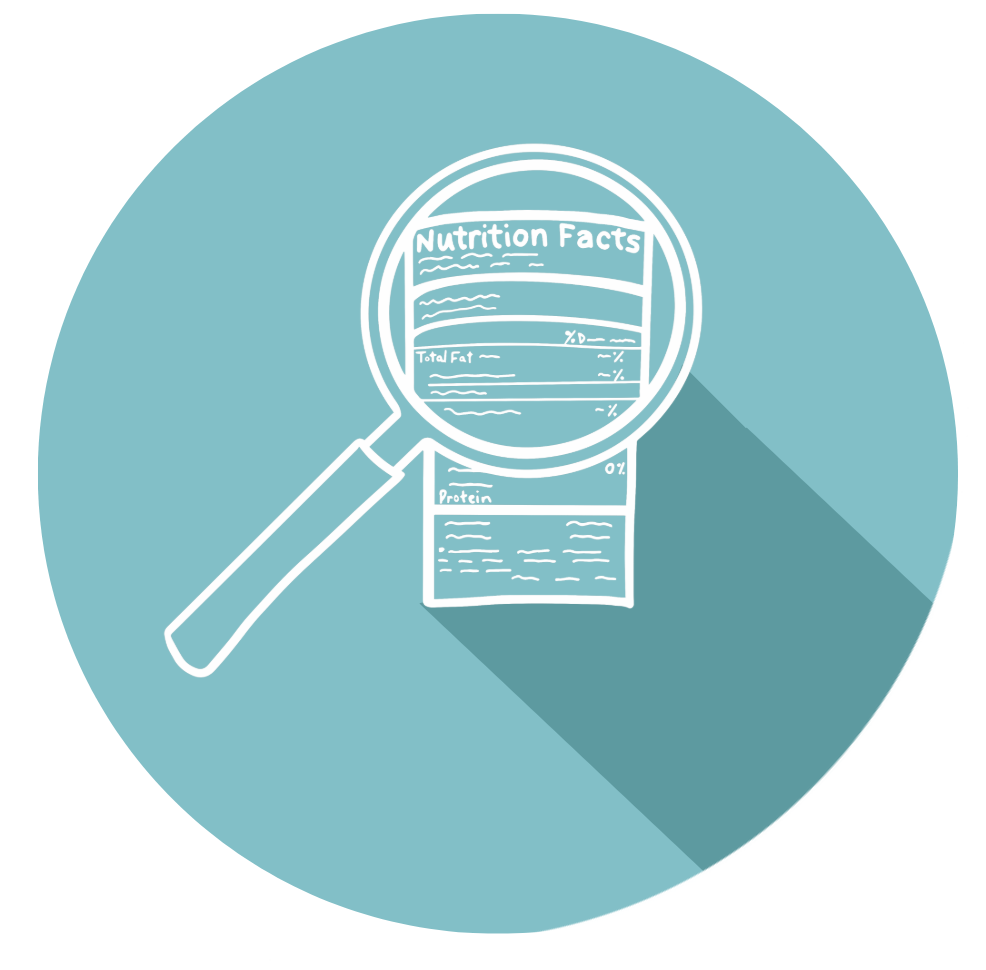Red Is the Color of Indulgence: How Ambient Color Influences Food Decisions
Relevant topics Archive, Strategy
Visual stimulation plays a key part in how we experience food. Have you ever wondered why so many fast food restaurants use red in their color schemes? It is not a coincidence. It is science. Color is omnipresent in marketing, and for roughly 85% of people, color is a big factor in their decision-making process on whether to purchase or ignore a product.
From McDonald’s to KFC, the dominance of red in the designs of food establishments is not just about aesthetics. It is a clever psychological strategy. Studies reveal that ambient color plays a powerful role in shaping our decisions, especially in food settings. Red is a standout because compared to most other colors, it is highly influential.
In this article, we will dive into why red holds such influence over food preferences, unpack the psychology behind it, and share actionable tips for marketers and business owners looking to put this knowledge to work.
How Red Ambient Color Influences Food Choices
Red ambient color is linked to indulgence. Unlike using red for products (e.g., plates, signs, nutrition labels, etc.), which often signals avoidance or caution, prominently showing red in the environment triggers cognitive associations with indulgent, high-calorie foods. This difference arises from contextual learning.
By using the color red, two psychology concepts are highlighted. The first is arousal and attention because red is considered to be an arousing color that heightens excitement and draws focus. The second is learned associations, which highlights how the use of red by major fast food brands has established the color’s connection to indulgent eating experiences. For example, McDonald’s and Wendy’s have red as their main color, and audiences automatically associate the color with them.
This was explored in one study, a controlled lab experiment involving 222 participants. Each participant was shown images of a restaurant with either red or gray walls. They were then asked to choose between a healthy menu option (a garden vegetable salad) and an indulgent option (macaroni and cheese). The results showed that approximately 68% of participants exposed to red ambiance selected the indulgent option, compared to only around 51% of those exposed to gray ambiance. This study highlighted how red triggers indulgence-focused decision-making.
Researchers explored why red influences food choices. They found that the effect is mediated by cognitive associations with unhealthy restaurants, not arousal or energy cravings. Participants exposed to red walls were more likely to associate the restaurant with indulgence, which drove their preference for unhealthy options.
Who’s Painting the Town Red?
The strategic use of red in branding has proven effective for companies like McDonald’s and KFC, where red interiors promote quick, indulgent eating habits. Coca-Cola’s extensive use of red reinforces its association with enjoyment and celebration. Some companies, however, adopt mixed strategies, such as Coca-Cola Zero and McDonald’s European branches, which use green instead of red to communicate eco-friendliness and health-consciousness while maintaining brand recognition.
When Red Isn’t the Best
Red, however, does not work for all brands. As mentioned, since red is associated with indulgence, brands that do not value this steer clear of the color. Panera Bread and Sweetgreen, for example, are two brands that avoid red. These two brands’ core values include health, sustainability, and community. Instead of the bright hue, they opt for neutral tones to emphasize health and natural ingredients.
Marketers should avoid red when targeting health-conscious audiences or communicating with cultures that have a different idea of the color red. Asian cultures, for example, value the color red and take it as a symbol of good luck. In these instances, the perception of the color might be different.
Designing the Perfect Ambiance
To strike the right balance, red should be used strategically as part of a balanced color palette. Combining red with neutral tones or textures can reduce overstimulation while maintaining its psychological effects.
Testing and measuring the impact of color choices can yield valuable insights. For instance, small-scale experiments, such as altering wall colors in test locations, can provide data on customer responses. Similarly, heatmaps and purchase data on digital platforms can analyze the effectiveness of red banners or buttons in driving consumer behavior.
Using Red to Influence Decisions
The use of red ambient color is a powerful tool in a marketer’s arsenal. Whether you are designing a fast food restaurant, an indulgent snack aisle, or an online shopping platform, understanding the psychological effects of color can help you create spaces that resonate with your audience.
For brands offering indulgent products, red sets the stage perfectly to boost sales. Meanwhile, health-conscious businesses should think twice before going all-in on red and consider softer tones that align with their message. The secret lies in experimenting, observing, and tweaking until you find what clicks with your audience.
At the end of the day, color is not just about making your space look good. It is a silent influencer, shaping how people feel, think, and decide. By tapping into the psychology of red, you are doing more than decorating. You are curating an experience that truly connects with your customers.
Take-Home Points
- Red ambient color promotes indulgence, making it an effective choice for businesses focused on celebratory or indulgent offerings.
- For health-focused branding, neutral or cool tones are more appropriate to avoid conflicting signals.
- Align color choices with your brand goals to ensure consistency with your messaging and target audience expectations.
- Testing and iterating based on specific audience responses will help refine the effectiveness of color-based strategies.
Further Reading
-
The size of colors: More intense means bigger!
The rainforests in South America are being inhabited by several species of brightly colored frogs. These frogs are often poisonous and the bright colors serve as a warning to predators not to eat these frogs, because otherwise they might become sick or worse. So in this case, the information that the color conveys is very important for the survival of both the frog and the potential predator. Colors are all around us. Every object you will ever see has color and this is therefore one of the most important visual cues we have. Color conveys a lot of important information about the world around us and some of this information has interesting implications for the design of your call to actions and products.
-
A Surprisingly Simple Way To Make Food Packaging More Appealing
In their battle for customer attention, food packaging designers are eager to implement techniques from psychology. It gives them an edge over their competitors in grabbing customer attention and increasing sales.
Especially in the aisles containing your typical vice products, most purchases are unplanned. This leaves a major role for on-pack visuals and claims to determine which products end up in our shopping baskets.
Over the years, consumer psychologists have unearthed many of these design techniques, which are often quite eloquent and subtle, such as:
- Getting the typography right (did you know that round fonts reinforce our perception of sweetness?)
- Cleverly arranging the various visual elements (did you know that bottom-heavy pack designs increases our perception of the amount of product we’ll be getting)
- Using nature’s principles of beauty (did you know that designs following the golden ratio are regarded more beautiful?)
As we focus on ever-more subtle design techniques, we may be overlooking the most powerful weapons of influence that are in front of our faces all along. A recent study by Huang et al., (2022) has thrown the spotlight on one such factors: image size.
-
Online Food Photos that Make Your Mouth Water: How Color-Saturated Food Images can Boost Sales
We've probably all been there before. We’re scrolling through our Instagram feed, just to stop and stare at a burger from a local restaurant that looks so good we instantly feel hungry. Maybe we can restrain at first, but a few days later we miraculously find ourselves craving a burger while not even thinking about that post anymore, and we are already planning on going there with a friend.
What is it that one photo on Instagram can unconsciously persuade us to go to a food outlet or order something online, while we have no difficulties neglecting another photo?
Working part time as a hospitality marketeer, I struggled with that question a lot of times. How can I make these photos so attractive that it gets people in the door?



